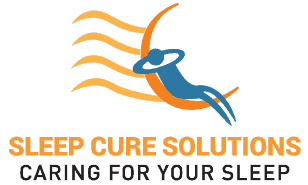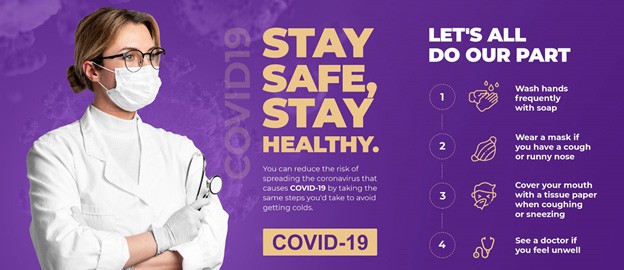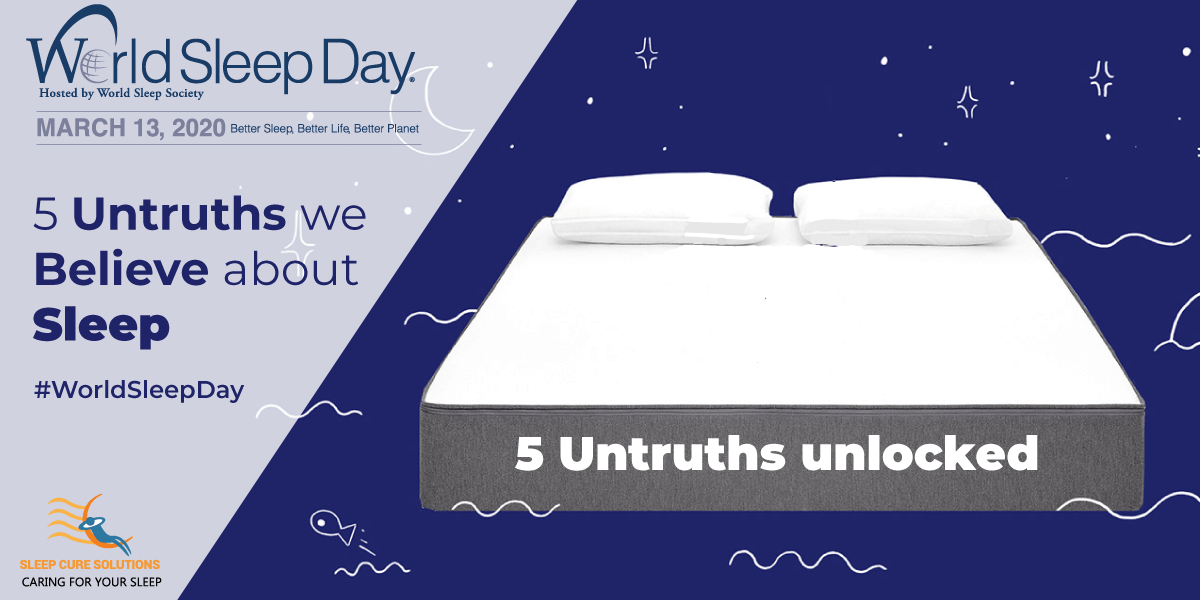It is wee hours of the morning and the clock has just struck 2 am, but for Ms Anita sleep is still elusive. She has spent hours tossing and turning in the bed trying to switch off from work. Her stress is further escalating thinking of next day’s engagements and the impact lack of sleep would have on them. Her anxiety is further attenuating any chances of sleep. She somehow manages to get through the next day but starts to get anxious walking to her bedroom that night and this cycle repeats itself. Things eventually reach a stage when the very thought of sleep makes her anxious. Thanks to our booming economy more and more are finding themselves entrapped in this web and turning into insomniacs leading to an insomnia epidemic. Ideally the economic prosperity of a society should not be achieved at the cost of a massive sleep debt of its people but we have already gone too far out. Nonetheless the nature, significance and myriad causes of sleep difficulty remain poorly understood by health care providers and the public at large.
In the modern society sleep should be equated to charging our mobiles, which is very much an active process and not merely a state of rest. Lack of proper charge would only impair its working and utility the next day. Insomnia definitions have been similarly widened from simply meaning lack of initiating or maintaining sleep to include its daytime consequences. These include fatigue, excessive daytime sleepiness, social and occupational impairment, irritability and mood changes. All of these consequences place a considerable economic burden on its sufferers, their employers, health care system and the society.
Insomnia can be either acute or chronic. While most of us might have experienced acute insomnia as a transient problem that resolves quickly when precipitating circumstances like stress, sudden schedule changes or transient illness abates but one has to be careful and it should not be always taken lightly as most of the chronic insomnias start as acute condition as illustrated.
Insomnia can also be classified as either primary or co-morbid. Wherever an underlying cause can be found it is called co-morbid insomnia. Some of the common culprits are acute or chronic pain, chronic medical or psychiatric ailments, drugs or substance use. Often a definite cause cannot be found and primary insomnia is assumed. We are only beginning to unmask the mysteries of its causes and at this stage it appears that it might be an end result of appropriate environmental exposure in genetically predisposed individuals. The clinical assessment of insomnia is based on a careful interview, often supplemented by questionnaires, psychological testing and sleep diaries. At times an overnight polysomnography may be required which means sleeping in a controlled and observed environment in a sleep laboratory where the physician is able to record the brain waves and many other parameters in order to compute total amount of time spent in different stages of sleep.
It must be strongly emphasized that sleeping pill are not the management of choice for insomnia and should be used only as a last resort. Besides problems like adverse effects and habit-forming tendency they do not completely mimic the natural sleep. For example the most commonly used sleeping pills, benzodiazepines, have a tendency to decrease the percentage of slow wave or deep sleep thus diluting the refreshing effect of sleep. Therefore rather than applying the ‘band-aid’ of a sleeping pill every attempt should be made to hunt down and treat the cause. In cases where this is not successful foremost attention should be paid to good sleep hygiene. This involves having a regular sleep-wake schedule, ensuring a comfortable sleeping environment (18- 22C is ideal), eliminating any noise and light, avoiding any tea, coffee or alcohol before sleeping, avoiding naps and resisting looking at the clock in the night. It is amazing how effective these simple steps alone can be in helping to solve the problems of so many people.
Cognitive behavioral therapy is the next therapeutic option. It employs different approaches leading to changes in behavior or cognition to improve sleep. It seeks to eliminate irrational beliefs about sleep and fears of not sleeping.
When nothing else seems to be working and drugs seem to be the only option left, it is best to discuss the options with your physician who can go over the risks and benefits of one drug over the other. These should always be taken under strict medical supervision least you fall prey to their habit forming potential or suffer side effects. Fortunately some of the newer drugs in development will better address some of these concerns and should provide better options in future.


